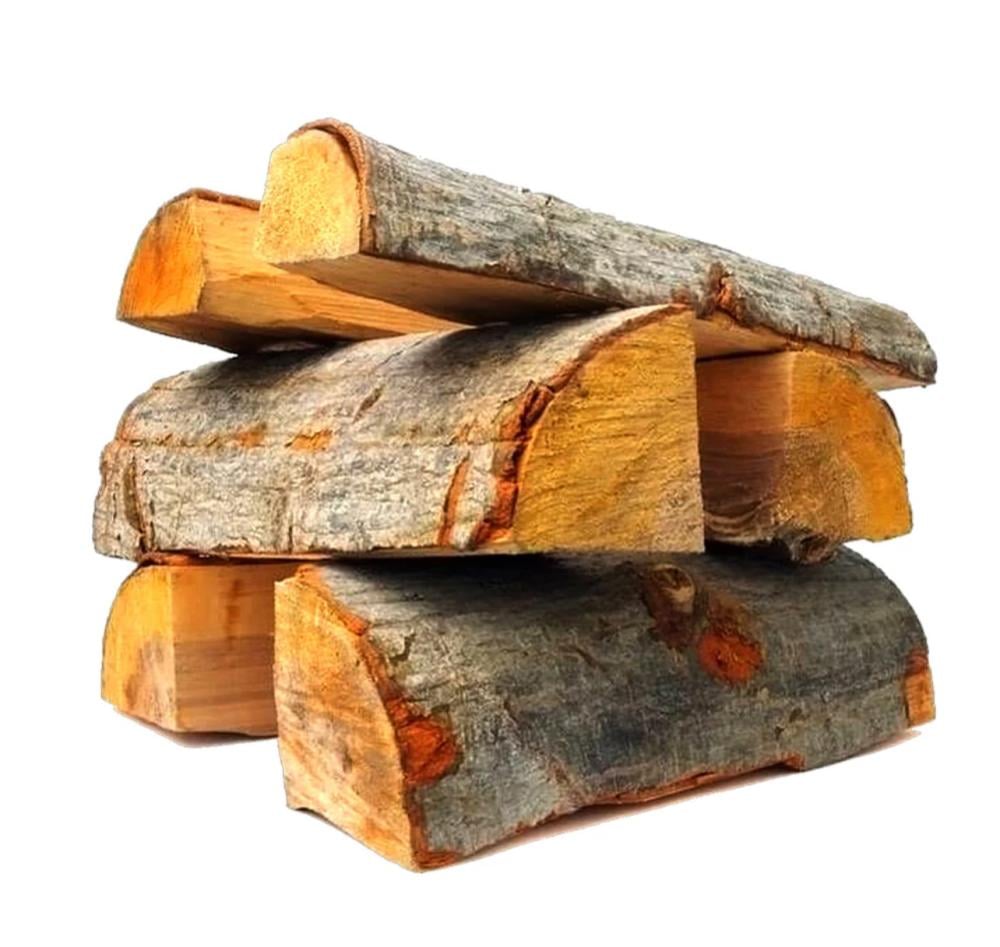introduction
Mulberry firewood is a natural material that is used in many traditional and modern applications. Mulberry firewood is the woody part of the mulberry tree, which is known for its delicious fruit and strong wood. This material is used for cooking, heating, and sometimes in some crafts.
Physical properties of mulberry firewood
Mulberry firewood is characterized by its high density and durability, making it suitable for use in lighting fires. It also has a fragrant smell when burning, which adds a distinctive flavor to foods cooked with it.
Benefits of using mulberry firewood
1. Natural source of energy: Mulberry firewood is a renewable source of energy, as it can be used for heating and cooking, reducing dependence on fossil fuels.
2. Distinctive flavor for food: Mulberry firewood is used in grilling and cooking over fire to give a unique smoky flavor to foods, especially meat and fish.
3.Environmentally friendly: Being a natural product, using mulberry firewood is environmentally friendly compared to synthetic fuels, as it helps reduce harmful emissions.
4. Handicrafts: Mulberry wood is used in some handicrafts to make household items and traditional decorations, due to the beauty of its grains and distinctive color.
Ways to use mulberry firewood
1. Grilling and Cooking: Mulberry firewood is used in traditional grills and stoves, where it is lit to provide continuous and even heat, helping food cook slowly and evenly.
2. Heating: In rural areas, mulberry firewood is used as a primary means of heating during the winter, due to its high combustion capacity and long-term heat retention.
3. Agriculture: The ash remaining from burning mulberry wood is used as a natural fertilizer for the soil, as it contains nutrients that are beneficial to plants.
Challenges and Considerations
Despite the many benefits of mulberry firewood, there are some challenges to consider:
1. Sustainability: The use of mulberry firewood must be managed sustainably to ensure that trees are not depleted and the ecological balance is maintained.
2. Storage: Mulberry firewood needs good storage to protect it from moisture and insects, which may require additional space and storage costs.
3. Availability: Large quantities of mulberry firewood may be difficult to obtain in some areas, limiting its widespread use.
Conclusion
Mulberry firewood is a natural resource that is useful for many everyday uses, from cooking to heating to crafts. The sustainable use of this material can provide environmental and economic benefits, and contribute to the preservation of the traditional heritage of many cultures. With proper considerations for the management and use of this resource, a balance can be achieved between the benefits and the sustainable use of mulberry firewood.

